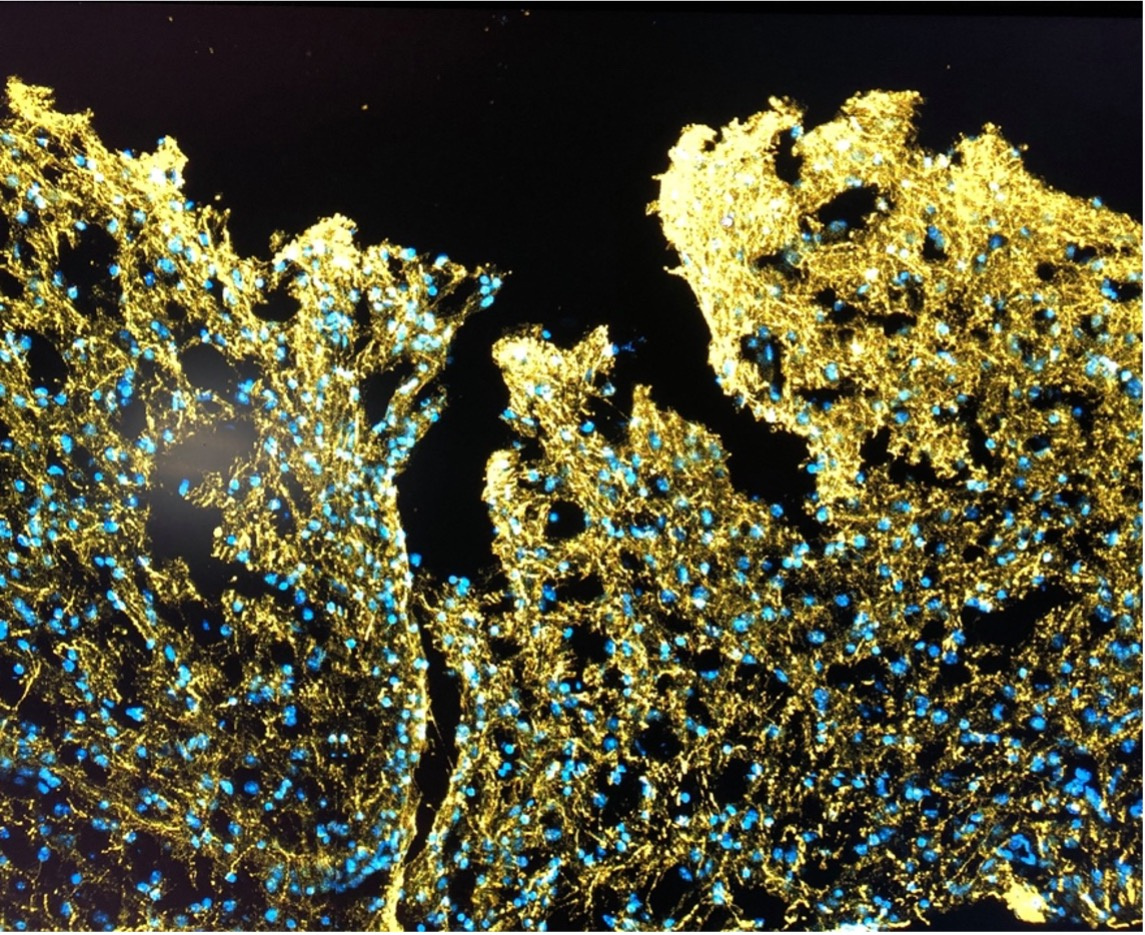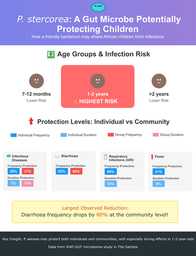Repairing damaged brain: Wireless charging microgels may bring a new sight of brain function recovery
Published in Healthcare & Nursing

Key Points
- An adaptable conductive microporous hydrogel (CMH) possesses suitable micropores for prompting cell migration and mechanical support for cell penetration.
- The induced eddy currents generated by the electromagnetized gold nanoyarn balls (GYBs), on gel guide to produce brain-derived neurotrophic factor (BDNF) and calcium ion permeability to enhance neuroprotective processes.
- This study presents a possibility for the synergistic effects of electrical stimulation and cell penetration in this injectable CMH in the brain cavity can improve angiogenesis, neurogenesis, and functional recovery in vivo.
Repairing damage to the brain and spinal cord may be medical science’s most daunting challenge. Survivors of traumatic brain injury (TBI) may find themselves wondering, can the brain repair? And the possibility is yes. The brain tissue is incredibly resilient and possesses the ability to repair through the process of angiogenesis, neurogenesis. Prof. Shang-Hsiu Hu and his team at National Tsing Hua University displayed a new class of hydrogel-assisted neuroregeneration approaches towards brain injury therapy.
At a cost of $400 billion worldwide, an estimated 50 million people suffer from TBI due to the chronic dysfunctions of mood and permeant disability. Clinical trials in TBI to date have not specifically treatments at cerebral atrophy and lack of an effective medical therapy that promotes long-term recovery. The critical reason for these consequences is that brain damage commonly results in extensive tissue loss and the barrier to tissue regeneration following injury to the central nervous system. However, a long-lasting repair response occurs angiogenesis and neurogenesis into the damaged tissue in the brain is problematic. Following trauma cavity, no extracellular matrix supports cell infiltration into the lesion or physically supports a growing tissue. A large influx of microglia, macrophages and the activation of highly reactive astrocytes, which release pro-inflammatory response and lead to further glial scarring and neuronal death in the peri-trauma area which results in cerebral atrophy (brain shrinkage) occurring in the motor/sensory cortex. These inflammation and glial scarring that impede brain tissue repair, so stimulating angiogenesis and recovery of brain function remain challenging. Currently, hydrogels for brain repair after trauma injury is an emerging treatment option.
Reported on Sept 2, 2022 in Nature communication, the new finding is the first to provide wireless electrical stimulation of injectable hydrogel and functional evidence of the improvement of brain neural circuits involved in animal movement in CMH-implanted animals following severe TBI.
“Our work provides a holistic view of how the microgel with tiny current can regulate the traumatic brain injury environment in a mouse model and we are excited to demonstrate what’s the key element, gold nanoyarn balls on gel guide to produce brain-derived neurotrophic factor (BDNF) and calcium ion permeability to enhance neuroprotective processes.” said Dr. Ru-Siou Hsu, a team member of Prof. Shang-Hsiu Hu at National Tsing Hua University.
Summary
A versatile conductive hydrogel, combining microbeads and electromagnetized gold nanoyarn balls (GYBs), provides connected pores in traumatic brain trauma through which cells can penetrate to promote anti-inflammation and angiogenesis processes. Furthermore, an external high-frequency magnetic field (HFMF) that induces eddy currents on GYBs can promote neurite outgrowth both in neural stem cells (NSCs) and living animals. The mature BDNF (mBDNF) at the peri-trauma site was observed at the peri-trauma site by induced eddy current and increase in both peri-trauma vascularization and neuron survival in the trauma cavity, facilitating a restoration of brain functional connectivity (FC) in the corticostriatal and corticolimbic circuits. These conductive microporous hydrogels, which are characterized by tunable porosity and noninvasive brain stimulation via a temporally high-frequency magnetic field, create possibilities for hydrogel-mediated nerve therapy and potential use in clinics.

Future Perspective
Our laboratory has focused on microgel scaffold for tissue regeneration and the nanoparticles design/application. In this study, we found that electric currents on electromagnetized gold nanoyarn balls (GYBs) offering on-demand biocues can trigger different biological processes under high-frequency magnetic field. In the future, we hope to apply the conductive microporous hydrogel (CMH) as a novel treatment for various nerve/brain injury. We will apply the action of self-power nanoparticles elucidated in this study to electrical deep brain stimulation for brain injury and function loss.
Follow the Topic
-
Nature Communications

An open access, multidisciplinary journal dedicated to publishing high-quality research in all areas of the biological, health, physical, chemical and Earth sciences.
Related Collections
With Collections, you can get published faster and increase your visibility.
Clinical trials 2025
Publishing Model: Open Access
Deadline: Dec 31, 2025
Women's Health
Publishing Model: Hybrid
Deadline: Ongoing



Please sign in or register for FREE
If you are a registered user on Research Communities by Springer Nature, please sign in